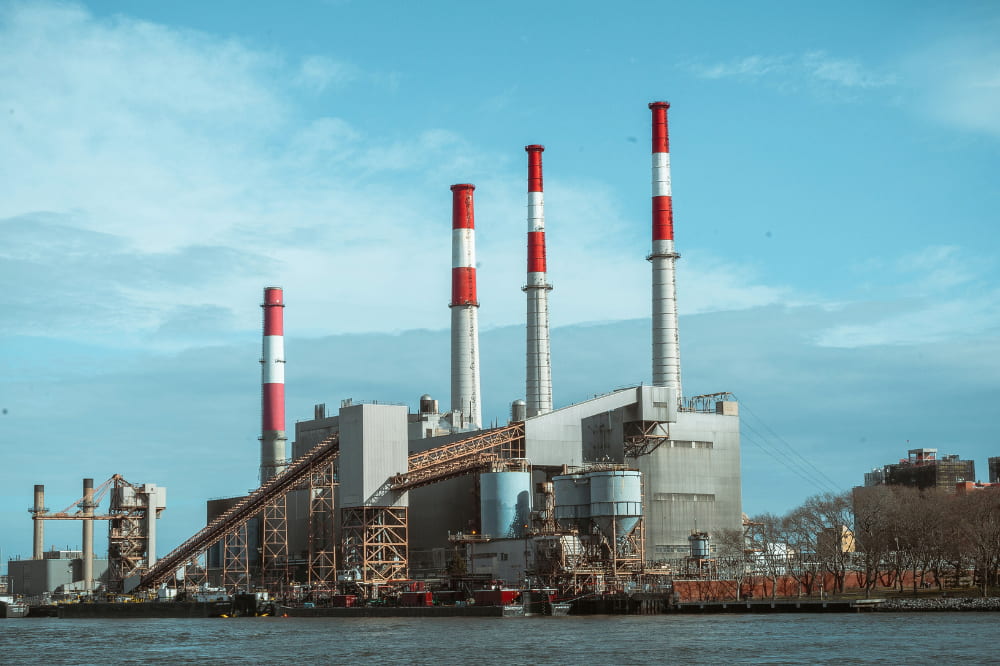Top Qualities to Look for in an Affordable Fence Company in Boise
Are you on the hunt for an affordable fence company in Boise that not only meets your budget but also delivers top-notch quality? Finding the right balance between cost and quality can be a daunting task. In this blog, we’ll guide you through the must-have qualities that make a fence company worth your investment. So, … Read more










